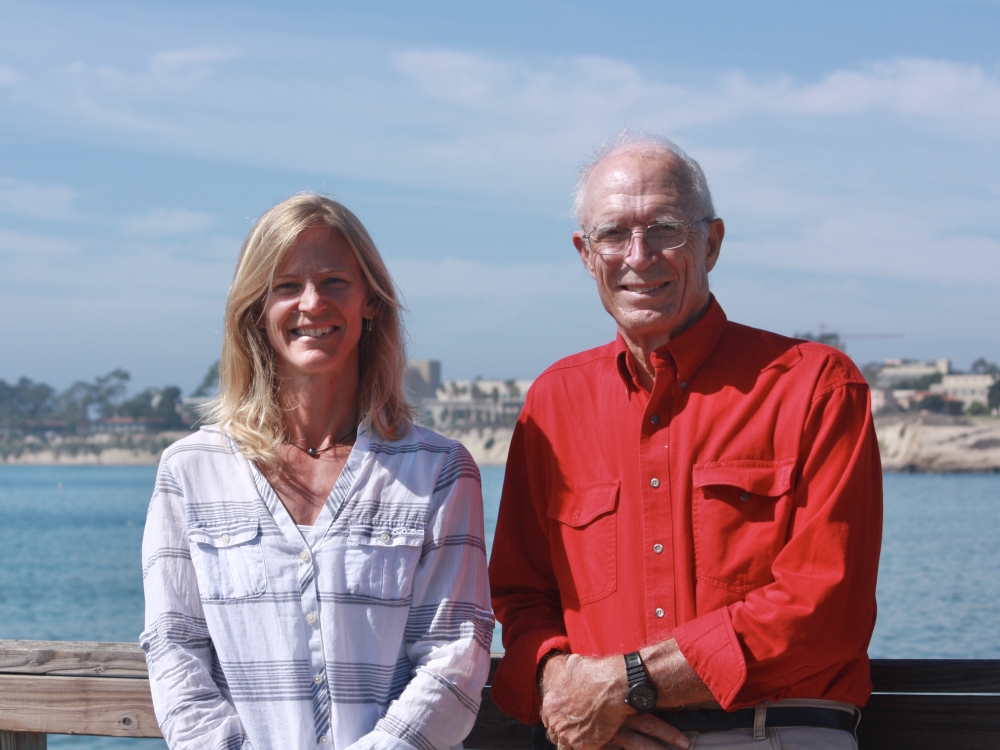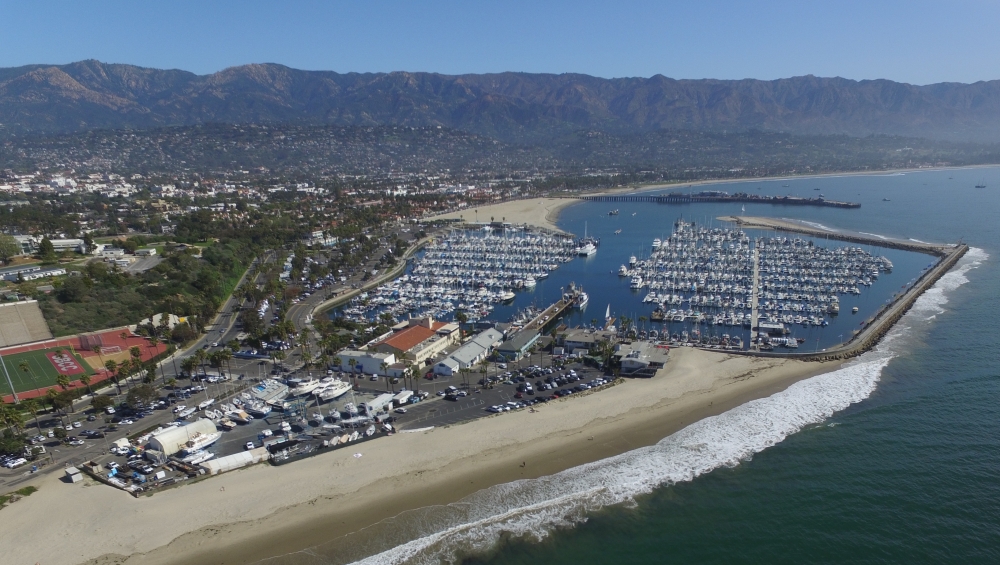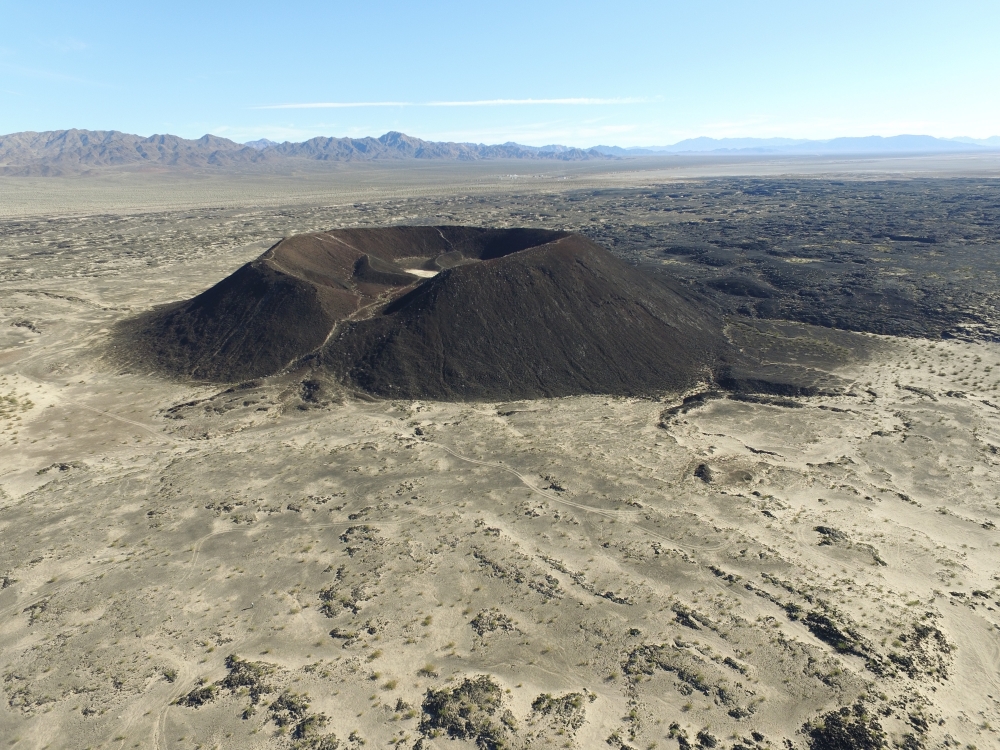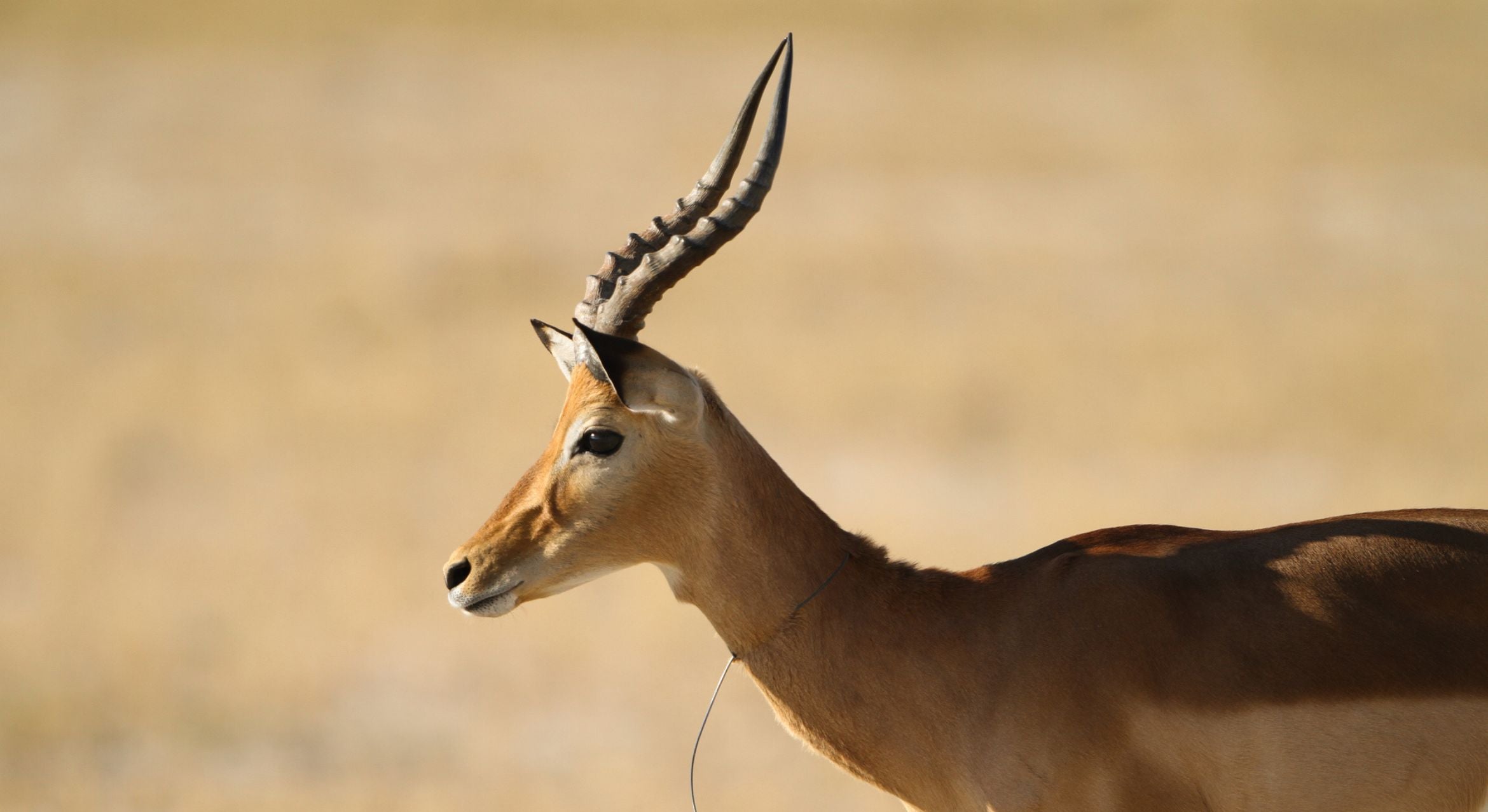The Geology Around Us

There’s something exciting about learning how things came to look the way they do. It’s what makes tour guides so popular and why that old neighbor who’s lived on the block for decades is so interesting.
Professor Arthur Sylvester and his former student Elizabeth O’Black Gans have recently published the second edition of “Geology Underfoot in Southern California” (Mountain Press, 2020). The updated version presents 21 stories about fascinating and unique locations in the southern half of the state.
The new edition joins the pair’s previous work, “Roadside Geology of Southern California,” in guiding readers through the dynamic events that have shaped the region’s complex and varied landscapes. With colorful photos and maps on nearly every page, and destinations well within driving distance for every Southern Californian, these are books to be experienced, not merely read.
“‘Roadside Geology’ tells you what you see going down the highway at 65 miles an hour,” Sylvester said. “‘Geology Underfoot’ says, ‘get out of your car. Get out on that geology and go experience it.’”
The new edition brings geologists Robert Sharp and Allen Glazner’s original paperback up to date with new information, colored photographs and exquisite maps created by O’Black Gans, a staff member in Santa Barbara City College’s Earth science department. The idea was to give a broad-brush overview of what people might want to know when they visit these places, Sylvester explained, without going into the minute details that a professional geologist would require.
The book covers a variety of locations at different scales of size and grandeur, from Red Rock Canyon to the Santa Barbara Harbor. Although their audience may be surprised to see the seaside city’s small harbor among the vignettes, the authors’ storytelling and use of historical photographs impress upon the effects a simple breakwater can have.

Construction of the Santa Barbara harbor altered the flow of sand along the coast, completely reshaping the area’s beaches.
Photo Credit: ARTHUR SYLVESTER
Sylvester has a special spot in his heart for their entry on the Amboy and Pisgah craters, located just east of Barstow. “I’ve led class fieldtrips out there for 30 years,” he said. “I think I know things about those volcanoes that a lot of people don’t know and maybe never will.
“I’ve been to other volcanoes around the world — seen their eruptions and lava flows — and I can go to Pisgah crater and see the same thing frozen in the rocks from 25,000 years ago,” he added. “I can bring those volcanoes to life in my own mind, and readers will be able to as well once they’ve read the book.”
O’Black Gans was drawn most strongly to the beauty of the Kelso Dunes. “It’s just this lovely, bright white spot of sand sitting out there in the desert,” she said. There’s a magical quality to the way the sinuous lines of the sand dunes stand out against the dark mountains in the distance, she added. Beauty amidst the quiet remoteness of the Mojave.
“Every storm reshapes the dunes into something new,” she continued. “It’s fantastic knowing that you’re watching this geologic action as it’s happening.”
[[{"fid":"17917","view_mode":"article_image_full_width","fields":{"format":"article_image_full_width","alignment":"","field_file_image_alt_text[und][0][value]":false,"field_file_image_title_text[und][0][value]":false,"field_caption[und][0][value]":"%3Cp%3EThe%20Kelso%20dunes%20are%20an%20exquisite%20feature%20of%20the%20Mojave.%3C%2Fp%3E%0A","field_caption[und][0][format]":"filtered_html","field_credit[und][0][value]":"Arthur Sylvester","field_download_image[und][0][value]":""},"type":"media","field_deltas":{"2":{"format":"article_image_full_width","alignment":"","field_file_image_alt_text[und][0][value]":false,"field_file_image_title_text[und][0][value]":false,"field_caption[und][0][value]":"%3Cp%3EThe%20Kelso%20dunes%20are%20an%20exquisite%20feature%20of%20the%20Mojave.%3C%2Fp%3E%0A","field_caption[und][0][format]":"filtered_html","field_credit[und][0][value]":"Arthur Sylvester","field_download_image[und][0][value]":""}},"attributes":{"class":"media-element file-article-image-full-width","data-delta":"2"}}]]
With “Roadside Geology of Southern California,” the authors present the long-awaited sequel to the Northern California book, which was first published in 1972. It covers the features and landmarks Southern Californians pass by as they travel the region’s ubiquitous highways. And given how intertwined Southern California culture is with its roadways, reading the book feels like learning about an old friend. It provides readers a new appreciation for landscapes and places they may have driven past their entire lives.
For instance, a small, cactus-covered hill sits at the bottom of the Camarillo grade. It’s a familiar, if overlooked, sight to many who have traveled between UC Santa Barbara and Los Angeles. In the book, Sylvester explains that the feature is the westernmost outcrop of volcanic rock around the Conejo Valley on US 101, the last prominence before the formation is buried beneath the sediment of the Oxnard Plain. The book is filled with rich details like this.
And for those who want even more adventure, Sylvester included much of the material he couldn’t fit into print as blog posts on the book’s website.
The two books complement each other nicely. “‘Roadside Geology’ is the book you give your kids when you’re on a road trip and you’re tired of them arguing,” O’Black Gans joked. “You say, ‘just look out the window. And use this book while you’re at it.’ Meanwhile, ‘Geology Underfoot’ is for when you’re taking those kids and saying, ‘okay, take this book and let’s go. We’re going to go for a hike.’”
Sylvester believes the titles can provide the adventure many people are aching for since the pandemic has curtailed typical travel plans. “People are looking to get out of the house, but not necessarily go to great big events,” he said. With these books, he and O’Black Gans invite folks to explore the outdoors and see something nearby, but likely new and exciting nonetheless.
Many academics go their entire careers without writing for the public, but for Sylvester and O’Black Gans this simply wasn’t an option. “Things become so much more beautiful the more you know them,” O’Black Gans said. “And it’s a real pleasure sharing the love you have for something with others.”
Sylvester echoed this sentiment, stating, “I think that people want to know about the world they live in. And I’ve always said that the world will never look the same to you again after you’ve had a course in geology. What we’re doing is just bringing geology to the people.”





